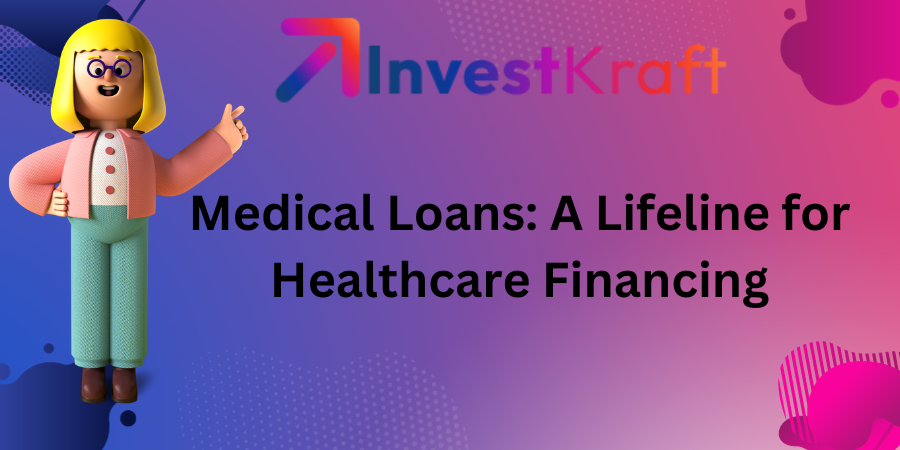In today’s fast-paced healthcare environment, long patient wait times and administrative bottlenecks can create a frustrating experience for both patients and staff. One of the most time-consuming tasks during patient intake is verifying insurance coverage. While it’s a critical part of ensuring patients receive the care they need and that providers are reimbursed correctly, traditional methods are often manual, slow, and prone to error.
However, modern practices are increasingly turning to smarter coverage tools to simplify this process. By embracing automation and real-time data access, clinics and hospitals can dramatically improve their patient check-in workflow. These tools don’t just save time they enhance accuracy, reduce claim denials, and improve overall patient satisfaction.
The Problem with Traditional Insurance Verification
The old way of verifying insurance typically involves calling insurance companies, navigating multiple web portals, or relying on outdated databases. These steps are not only inefficient but can lead to delays that impact patient flow and cause administrative fatigue.
Staff must often spend valuable time tracking down policy details, checking coverage for specific procedures, or confirming benefits—all before a patient can even see a provider. This slows down the entire office and increases the likelihood of mistakes that could result in denied claims or unexpected patient bills.
What Are Smarter Coverage Tools?
Smarter coverage tools refer to software platforms and integrations that automate and streamline the insurance verification process. These tools are typically built into or connected with electronic medical records (EMRs), practice management systems, or patient engagement platforms. They pull real-time data directly from insurance providers, delivering up-to-date information on a patient’s eligibility, co-pays, deductibles, and benefits within seconds.
The goal is simple: reduce administrative work while ensuring accurate, timely information is available at the point of care.
Key Benefits for Healthcare Providers
1. Faster Check-In Process
One of the most immediate benefits of using modern coverage tools is the speed at which patient check-ins can be completed. Instead of waiting for a staff member to make phone calls or dig through websites, the information is automatically retrieved and presented in a user-friendly format.
This faster process means patients spend less time in the waiting room, and providers can stick to their schedules more easily.
2. Improved Accuracy
Manual data entry and multiple handoffs increase the risk of error. Automated systems reduce these risks by pulling directly from authoritative sources. This ensures the insurance information on file is accurate, helping prevent costly mistakes down the road.
3. Fewer Denied Claims
Insurance claim denials are often caused by incorrect or outdated coverage information. By confirming eligibility in real time, smarter tools help eliminate this common problem. Fewer denials mean faster payments and less rework for your billing team.
4. Better Patient Communication
When staff has instant access to a patient’s coverage details, they can provide clear, upfront cost estimates. This transparency builds trust and helps patients make informed decisions about their care. It also reduces surprises when bills arrive later.
Real-World Use Case
Imagine a busy family clinic where patients come in daily for everything from routine checkups to minor procedures. The front desk team, already juggling a packed schedule, used to spend several minutes per patient confirming insurance coverage often making phone calls, navigating various insurer portals, or requesting updated documents. This manual process was not only time-consuming but also prone to errors, especially during peak hours, causing delays in check-ins and increasing patient frustration. Mistakes in coverage details often led to denied claims, billing complications, and a backlog of follow-up tasks for both administrative and billing teams.
To solve this, the clinic adopted a smart insurance verification solution that integrated seamlessly with their existing EMR. Within seconds, the tool began pulling real-time data on patient eligibility, co-pays, and deductibles directly from insurers—automating a task that once consumed hours each day. As a result, staff could focus more on patient care and communication rather than paperwork. The billing department quickly noticed fewer errors and claim denials, and front desk operations became smoother and faster. More importantly, patients appreciated the shorter wait times and the ability to receive clear, upfront information about their coverage and potential out-of-pocket costs.
Over the next few months, the benefits became even more apparent. Patient satisfaction scores increased, and staff morale improved as they spent less time dealing with administrative frustrations. With more accurate and timely insurance verification in place, the clinic could handle a higher patient volume without sacrificing service quality. What began as a simple effort to streamline check-ins evolved into a significant improvement in the clinic’s overall workflow, financial performance, and patient experience. This real-world example shows how the right technology can transform healthcare operations and support sustainable, high-quality care.
Considerations for Choosing the Right Tool
Not all coverage tools are created equal. When evaluating options for your clinic or practice, here are a few things to look for:
-
Integration with Existing Systems: Choose a tool that works seamlessly with your current EMR or practice management software.
-
Real-Time Data Access: Ensure the tool connects directly to payer systems and provides live data updates.
-
User-Friendly Interface: The platform should be easy for staff to use with minimal training.
-
Customization: Look for tools that allow you to tailor verification checks based on your specialty or common procedures.
-
Compliance and Security: Any system handling patient data must meet HIPAA standards and offer robust data protection.
The Role of Insurance Verification in the Bigger Picture
Insurance verification may seem like a small part of the overall patient experience, but it plays a critical role in practice efficiency and financial health. Delays and errors in this process can have a ripple effect—causing schedule disruptions, billing headaches, and dissatisfied patients.
By upgrading to smarter solutions, practices can move toward a more modern, automated workflow. This not only enhances the patient journey but also supports the long-term sustainability of the healthcare organization.
Conclusion
Speeding up patient check-ins isn’t just about convenience it’s about creating a more efficient, reliable, and patient-friendly system. Smarter coverage tools take the pain out of insurance verification by delivering fast, accurate data directly to your team. Whether you’re a solo practitioner or part of a larger medical group, investing in these tools can lead to fewer errors, better communication, and a more professional experience for everyone involved.
In a healthcare landscape where time and accuracy matter more than ever, modernizing your insurance processes is no longer optional—it’s essential.




